
|
|
 |
|
|
|
Welcome to the Australian Ford Forums forum. You are currently viewing our boards as a guest which gives you limited access to view most discussions and inserts advertising. By joining our free community you will have access to post topics, communicate privately with other members, respond to polls, upload content and access many other special features without post based advertising banners. Registration is simple and absolutely free so please, join our community today! If you have any problems with the registration process or your account login, please contact us. Please Note: All new registrations go through a manual approval queue to keep spammers out. This is checked twice each day so there will be a delay before your registration is activated. |
|
|||||||
|
|
Thread Tools | Display Modes |
|
|
#1 | ||
|
FF.Com.Au Hardcore
Join Date: Jan 2009
Location: Victoria
Posts: 877
|
I recently suspected that my Focus had a split PCV hose, causing a vacuum leak, which seems to be a common problem on the LS-LT Focus. The symptoms were: high revving on start-up (~2500rpm), a higher-than-normal, unstable idle, and intermittent hanging revs on deceleration.
The big problem with this hose is its location Ė underneath the intake manifold. Visibility of the hose is very poor. And replacement of the hose involves removal of the intake manifold. Having said that, one forum member (20focus05) was able to replace the hose by removing the starter motor and attacking the job from below, without removing the manifold, so I guess that way is possible too. I confirmed my suspicions by spraying some brake cleaner (caution: flammable), at the PCV hose between the 3rd and 4th intake manifold runner, with the engine idling. Sure enough, the revs increased, followed by a lean response, causing the engine to nearly stall. I went down to Ford and bought myself a PCV hose, $84+ GST for a small piece of rubber hose. And for good measure, bought a PCV valve, which was only about $20. I set aside Sunday, along with a mate, to give this job a crack. Hereís how we went about it: 1. Depressurised fuel rail by removing fuel pump fuse with engine running (itís a returnless system), followed by attempting to start the car a few more times. 2. Disconnected battery negative 3. Worked our way around the manifold, disconnecting the intake hose, the throttle body, the dip stick tube, MAP sensor (front-bottom-left of manifold), the knock sensor (under front right), the wiring harness clips, various vacuum lines, including the brake booster, IMRC + IMT vacuum lines (see below). 4. Then undid the 8 retaining bolts. Some of these were a real pain, especially bolt number 5 (see diagram below). Plenty of ľĒ drive tools here, along with patience. There is a very helpful youtube video https://www.youtube.com/watch?v=H_DnE4YlZRg which gives some good advice (yes, this is a US Focus but the intake manifold is very similar). 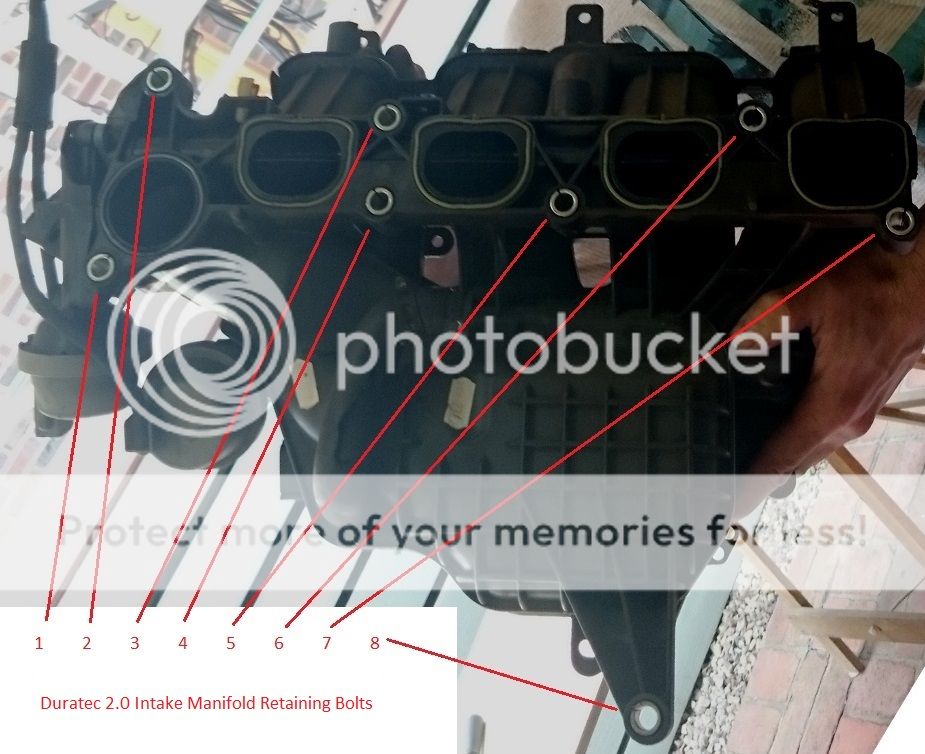 5. As we withdrew the manifold, we lifted up the loosened fuel rail a little (without fully removing it), helped to give an extra bit of clearance. And as the manifold comes out the top, donít forget to disconnect the PCV hose, as well as check for any wiring, sensors, of vacuum lines that you have missed. The PCV hose connects from the PCV valve to an inlet on the rear-bottom-left of the intake manifold. The PCV hose was screwed. It had a nice big split, potential to cause a large vacuum leak. 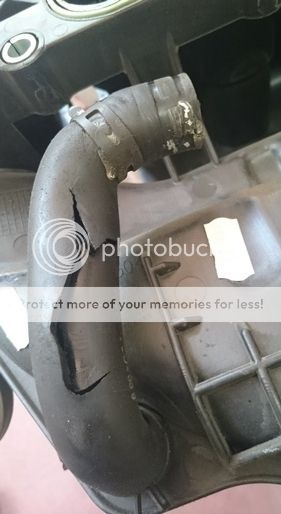 And whilst the manifold was out, it was a good time to replace the PCV valve. Push in the two clips either side of the black retaining ring and withdraw the PCV valve simultaneously. You will encounter some resistance from the o-ring seal. 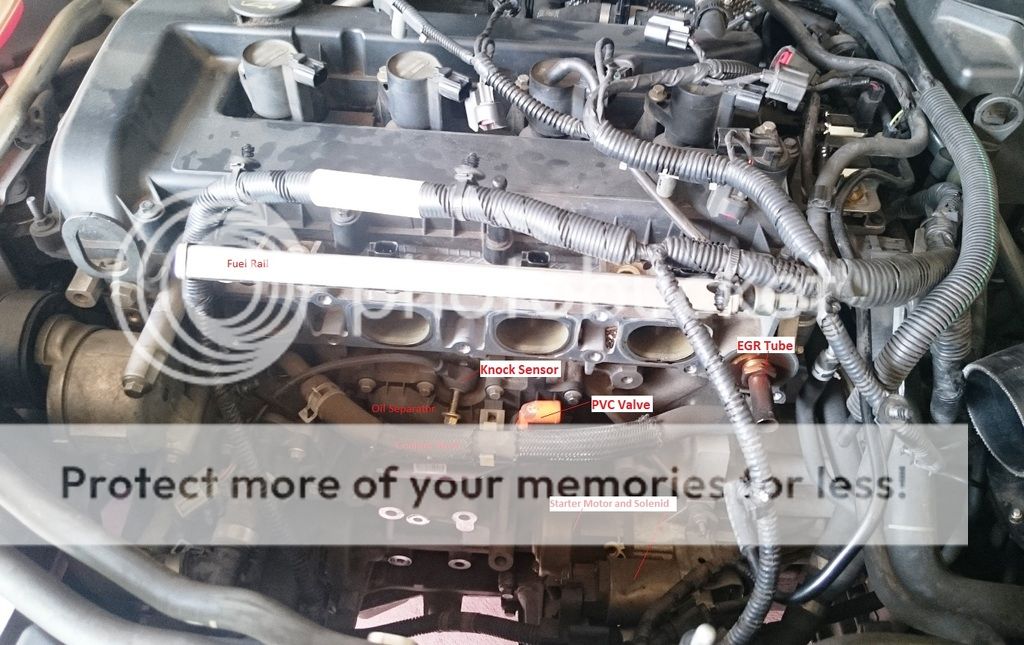 The result: smooth, stable idle, no hanging revs and normal RPM on startup. Iím calling it a fix. I also became interested in the functions of the 2 vacuum actuators on the manifold. After some research, I found info on the two systems: 1. The intake manifold tuning swirl plates, which can narrow the intake passage to increase airflow speed and also create turbulence to aid in better air-fuel mixture 2. The intake manifold runner control, which changes the effective length of the intake runners and air intake volume. 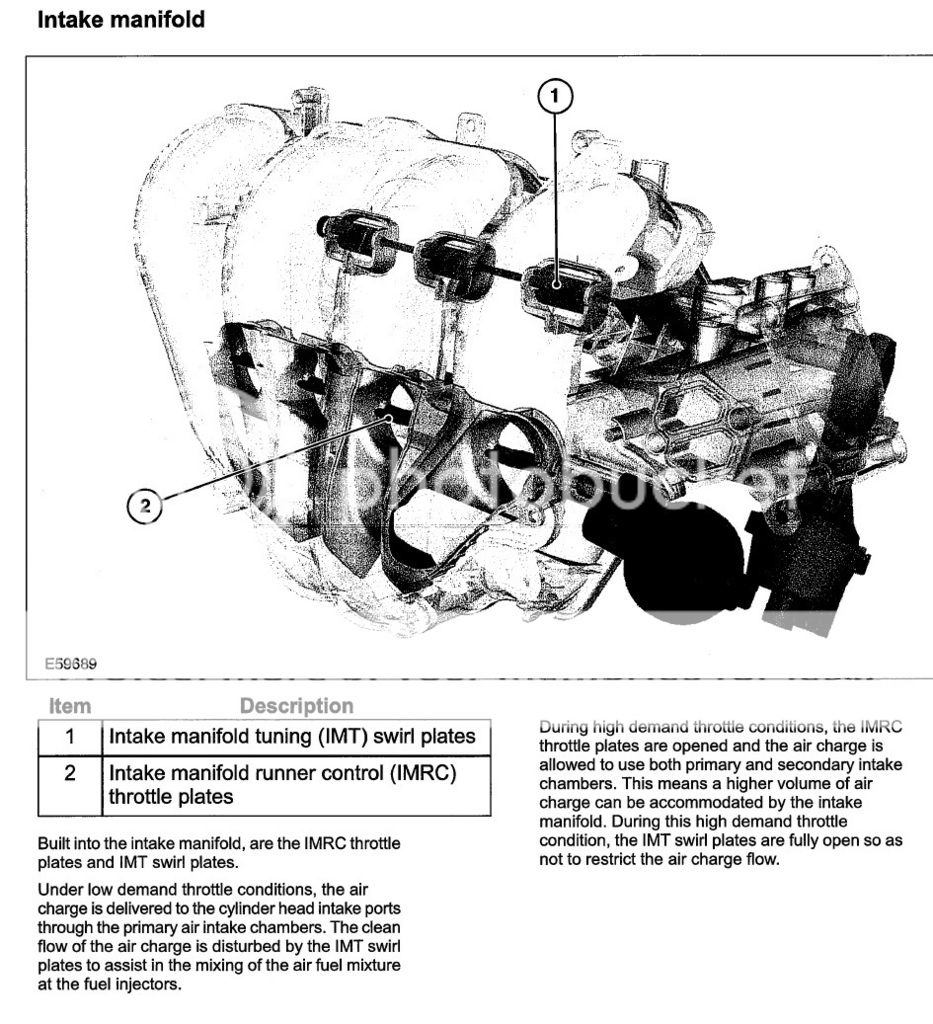 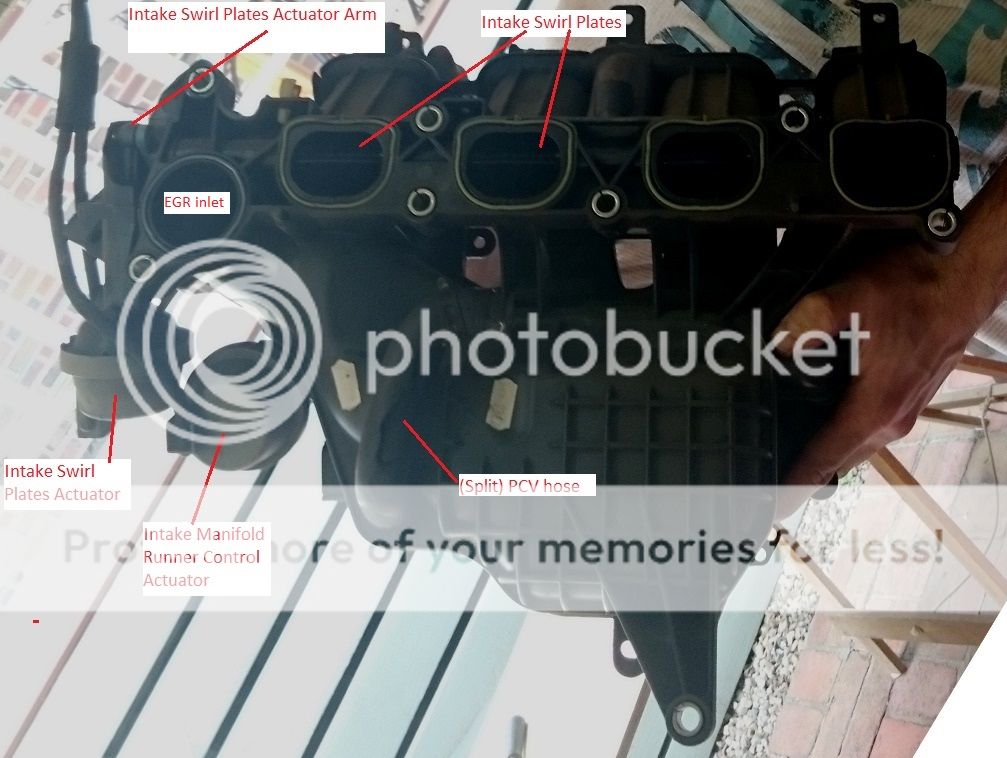
|
||
|
|

|